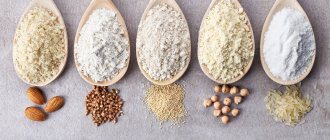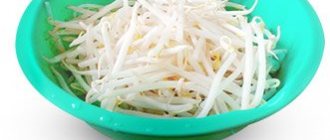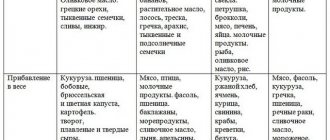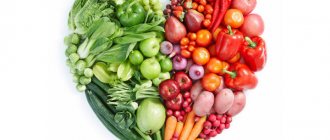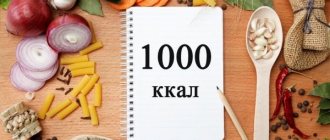Starch and effect on the body
Products high in starch. Pasta.
When talking about starch as a nutritional element, we take into account the existence of two types of this substance.
Natural starch is useful and necessary for the body; it turns into glucose, a source of energy. To ensure that foods containing starch are digested, they are combined with fats. The combination of starch and proteins is dangerous for the figure - alkali is required to break down these products, and metabolism in this case occurs in such a way that fat is deposited even at the cellular level. With moderate consumption of starch and the right combination of foods in the diet, this substance does not cause harm and does not cause weight gain.
The list of harmful effects on the body refers to refined starch. It is contained in premium white flour. Such starch causes obesity, hormonal imbalance, atherosclerosis, etc.
What are the disadvantages of a starch-free diet?
Given the fact that this diet is very high in fruits and vegetables, and therefore fiber, some people may experience loose stools. There is nothing wrong with this, but sometimes it can cause some inconvenience.
Protein is practically excluded from the menu. This is why you should not be on a starch-free diet for more than 2 weeks. While the body can live quite calmly without fats and carbohydrates for a long time, it cannot function properly without protein.
Starch content in products
When switching to a starch-free diet, those losing weight are ready to give up flour and pasta. Starch is found in vegetables and fruits, so it turns out that dishes that seem light and suitable for weight loss will have to be excluded from the menu.
Potatoes contain 15-18% starch, bananas contain up to 16%. The starch content in some vegetables and fruits is not constant and depends on the stage of maturity, time and storage conditions, etc.
- In overripe legumes (beans, green peas, etc.) the amount of starch is higher than in the case of milky plants. In the latter case, the content of a substance undesirable from the point of view of a starch-free diet reaches several percent.
- Pears and apples of winter varieties contain up to 5% starch at the beginning of ripening, and in fully ripe fruits the amount decreases to 1.5-2%.
- Starch is contained in pumpkin during ripening and at the beginning of storage. Over time, the substance disappears.
Who should not use a starch-free diet?
This type of diet is more suitable for practically healthy people who do not have serious health problems, especially with the digestive organs. For those who have stomach or intestinal diseases or unstable stools, it is better to refrain from this method of losing weight. Naturally, this type of diet is also not suitable for pregnant and lactating women; it significantly impoverishes nutrition and does not meet the body’s needs during this period.
During the first one to two weeks, you need to eat only permitted foods, i.e. those that contain no starch at all. This is not at all difficult, as it might seem at first glance, and there are no restrictions on the quantity and methods of preparing fruits and vegetables. At the first feeling of hunger, you can allow yourself to eat any of the permitted foods.
During the entire period, you can drink as much liquid as you want, but it is still better to give preference to clean water, herbal teas, and rosehip decoction. Juices may not be removed from the menu, but their quantity should be reduced to 0.5 liters per day. It is allowed to consume only freshly prepared juices without added sugar, but 0.5 tsp.
Salads can be seasoned with lemon juice; it will significantly improve the taste and eliminate the need to add salt. It is also possible to use vegetable or olive oil, but its quantity must be strictly dosed, otherwise the effectiveness of the diet will sharply decrease.


